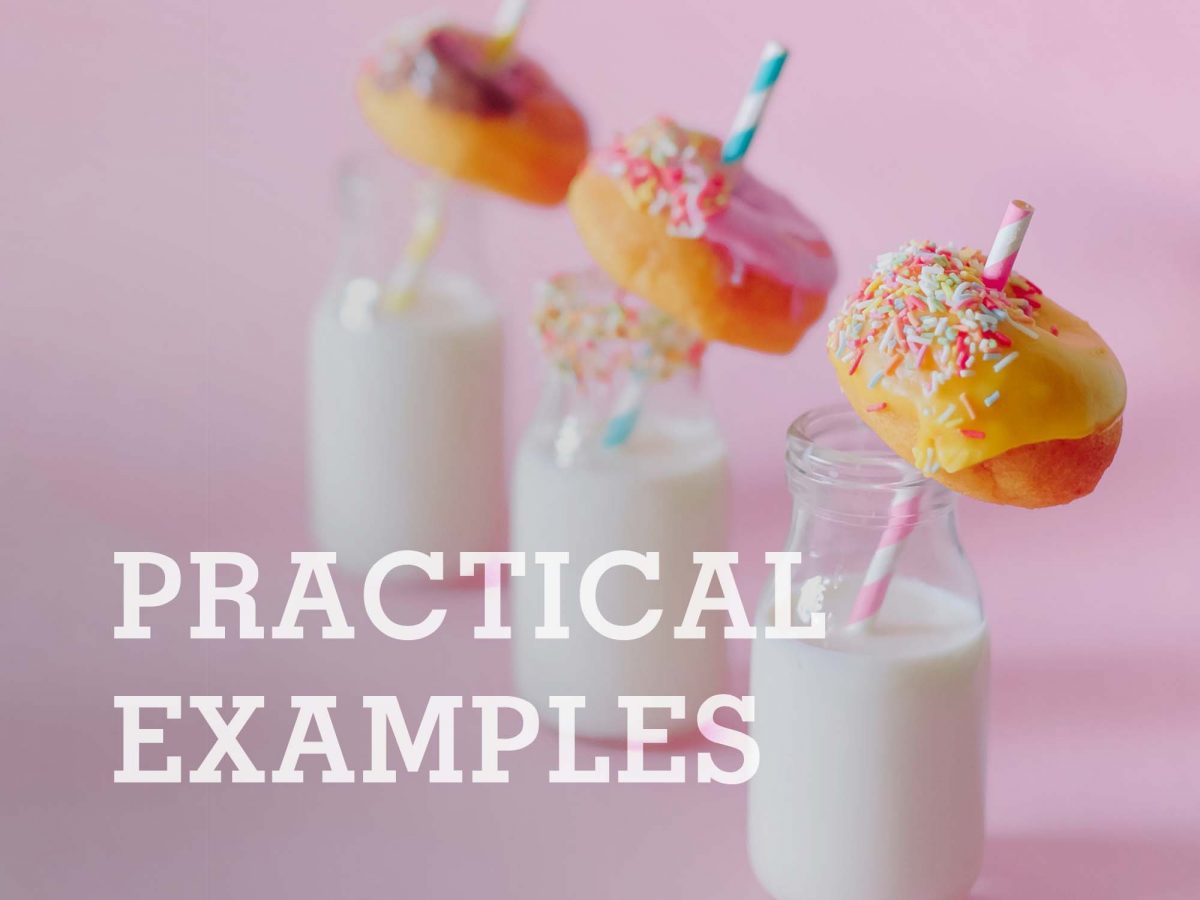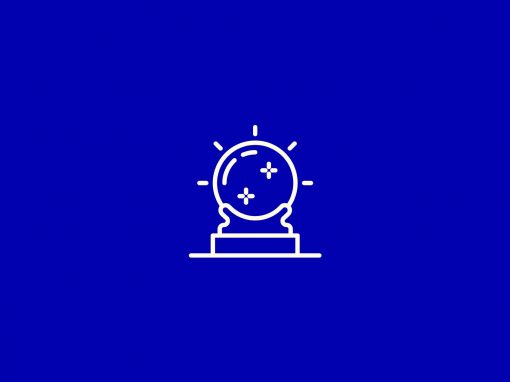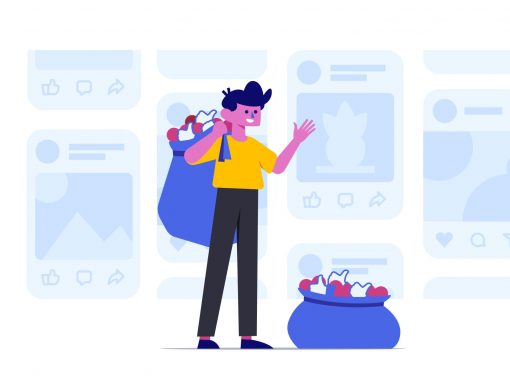Let me start by reinforcing the definition of an experience.
As noted before, the assessment of an experience is rather felt than understood, after a certain point. It’s science up until a threshold but after that it’s art. So, one could conclude, it’s what comes on top of something good. Even the famous saying “the cherry on the cake” – that’s an element of the experience.
It’s not a piece of a cake that is put into somebody’s hands. That’d be the worst experience. It’s served. On a plate, with some nice cutlery, a napkin and what not – I don’t run a restaurant so I won’t go deeper than that. But you get it. As noted before, an experience is something we all know deep inside about – it’s simply not the focal point and this is one of chagency’s missions.

1st example
I promised some practical (tech) examples so here we are. I’d start with the Apple Pencil, simply for its popularity – I could have used a graphic tablet as well but more people are aware of the iPad’s pencil. Chances are, you’ve heard about it and might have even had the chance to play with one. It’s science up to a point and then it’s art.
The science bit
Apple was far from inventing the input device that bridges the gap between virtual and physical. But they integrated it into their new product, the iPad pro. So the science bit is pretty straight-forward here: we need a pencil that will be very precise and blah blah blah.
The art bit
Just like the graphic tablets that handy people use, the pencil is also sensitive to pressure which means if you press harder, the line you’re drawing will be thicker. Something like this:

I think that’s one of the elements that create an experience. And that’s simply a small piece of the puzzle. Mix in force touch or a plethora of other functions iOS has and there’s the package we’re talking about. So they have something that’s working and went on the extra mile to make it remarkable and memorable. Add some sound to it (remember, immersive and employing user’s senses) that resembles a pencil scribbling on a paper as you go along with it? That’d be another layer of depth.
Speaking of sound…
A potential example
I was the other day on a website that had a specific sound feedback on every click. Was it relatable for what they were doing? No. Does this idea have a lot of potential? Hell yes. If Tesla would manage to recreate that sound that their cars make when they’re accelerating (like a spaceship warp, if you ask me) on their website, that’d be a cool idea. Obviously not on every single click, that’d be obnoxious – but it could be a nice addition to their website experience. Makes you feel something, gets you closer to their product and fits in nicely with their mission. Even if one doesn’t know that sound, it still works within the paint they’re painting (the experience they’re designing, in other words)
2nd practical example
This writing app that I’m using. iA writer. I wish to god I didn’t know about it so I could be writing my articles in the notes app, which syncs with my phone. Sometimes I write on my phone, if I’ve got a flash of genius and need to put it down fast. But iA writer makes me love the experience of writing on desktop so bad that I simply can’t say no to it.

It’s got this nice monospaced font (replicable on any other app) and this idea of letting the writer focus on the writing. It’s just me and the text, no distraction, dark mode (which I love on any app) and, the most important thing: the focus mode.

That means I can choose whether the current paragraph/sentence is focused and in other words, I can see my train of thought. That’s what keeps users engaged and reduces churn. It’s an experience of writing and they’ve made it thoughtfully and artfully. I love it. Sounds input again: a typewriter feedback would just kill it, especially paired with the monospaced font. It’d surely keep me hold tighter to it – sounds like reducing customer churn?
So let’s see this side effect of creating something like this: here I am writing about them and I’m not endorsed or receiving any benefit. They’ve given me a lot of benefits through their product that made me want to write about it.
The bottom line
An experience is hard to be transferred into words. Just like the group of friends who were relating to you about a funny moment to which you haven’t attended: it’s funny but you won’t laugh as hard as them – it’s simply “translated” to you. Same situation is happening here: it might create the “oh okay” reaction when explained by me but I truly hope you, dear reader, have experienced any of the examples I’ll be giving along or will do so in order to fully grasp what I’m trying to convey.
P.S: If you don’t find/get an experience, it doesn’t necessarily mean there isn’t one. It could mean it’s not meant for you (it has to be tailored for someone). Even if you hate it, it could mean it’s meant to have you leave it ASAP as you’re not who the product is trying to get to.
About Ch Daniel
I run chagency, an experiences design agency that specialises on helping tech CEOs reduce user churn. We believe experiences are not only the reason why users choose not to leave but also what generates word of mouth. We’re building a credo around this belief.
I’ve also created an infinitely-valuable app for sneaker/fashion enthusiasts called Legit Check that impacted hundreds of thousands over millions of times – check it out at chdaniel.com/app
Please share this with someone and subscribe to our newsletter!— helps us keep pumping content?




